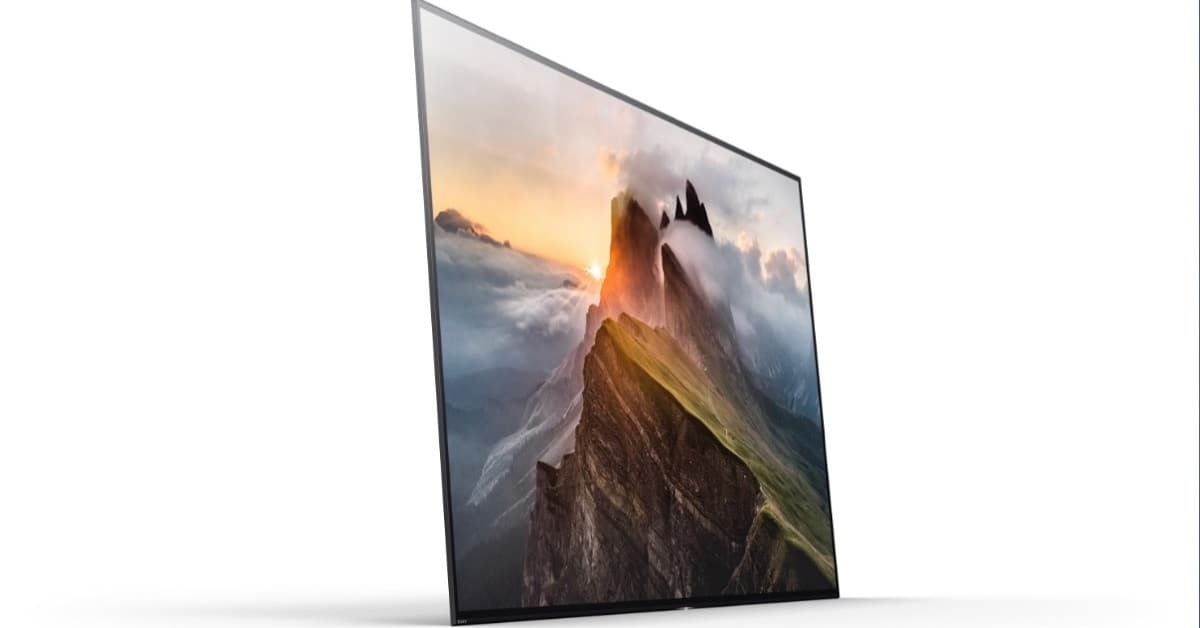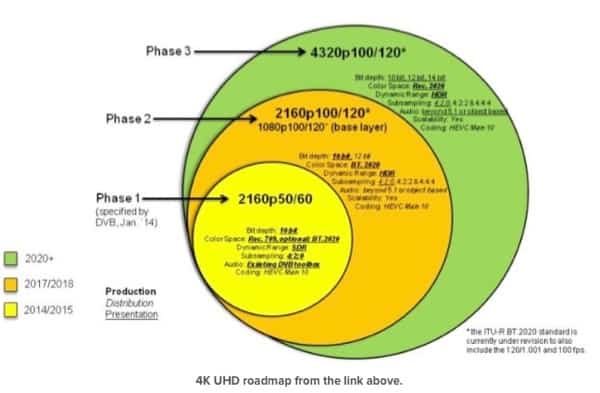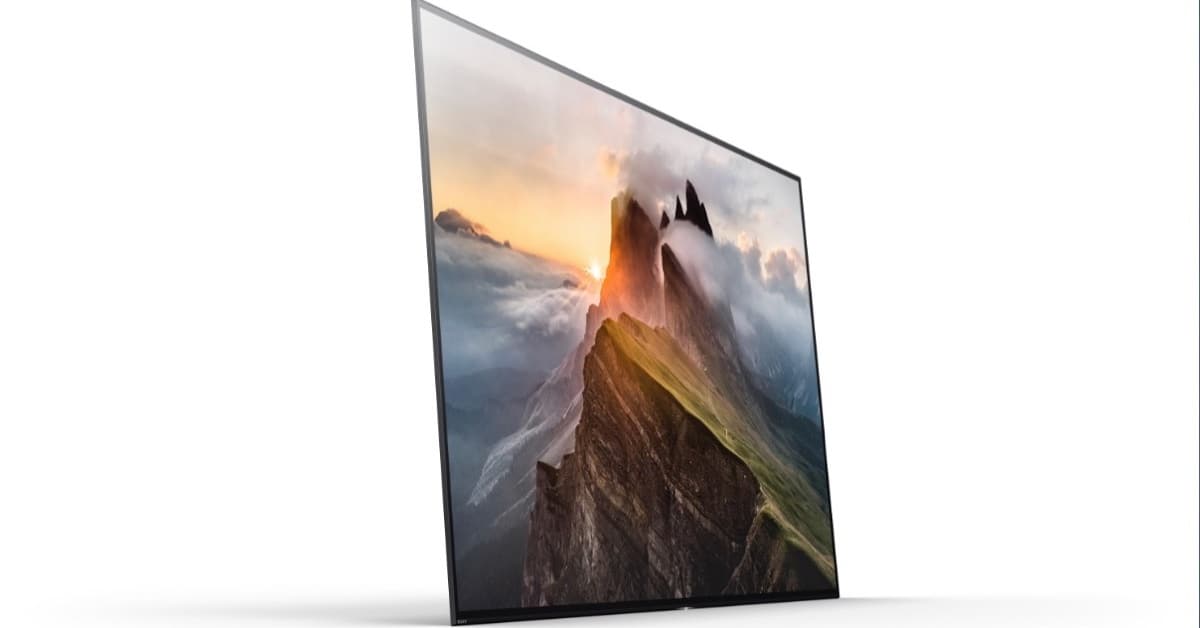Now that we’re fairly certain Apple is planning a 5th generation 4K Apple TV, it’s time to brush up on some terminology.

Volumes have been written about modern TV technology (and I’ve linked to some), so the goal here is to simply brush up on some 4K/UHD (Ultra High Definition) concepts for the Apple TV enthusiast and layman.
Background
In 2017, the earliest 4K/UHD TVs are behind us. These early 4K/UHD TVs (2014 – 2016) were basically using High Definition TV technology, but with 3840 x 2160 resolution. They had 8-bit color, 60 Hz refresh, Rec. 709 color space, and supported only Standard Dynamic Range (SDR). More on that below.
These 4K/UHD TVs could be used with High Definition (HD) 1920 x 1080p systems, and could benefit from the increased resolution if: 1) you tended to sit really close and 2) the scaler that converted from HD to 4K was decent. Because there was very little content streamed in 4K during those years and nothing broadcast in 4K, only very early adopters opted for these TVs.
The TV industry realized that 4K resolution by itself was not a killer feature because, at the distance people tended to sit from big screen TVs, HD was already “retina,” and so the benefits of 4K resolution were lost. That is, unless viewers sat very close. There are charts that calculate whether 4K is worth the investment given the TV size and viewing distance.
In order to make 4K/UHD TV compelling at any viewing distance, the concept of High Dynamic Range was developed by the industry as part of a phased technology development. See the roadmap graphic below and “Here’s the Not So Secret Roadmap for 4K UHD TVs.”

Today, 4K/UHD TVs generally support 10-bit color, some have refresh rates of 120 Hz, the color space is BT.2020, and High Dynamic Range is standard. In order to support these protocols, the HDMI system needs to be at level 2.0a. Just about all modern TV equipment uses HDMI 2.0a.
High Dynamic Range
High Dynamic Range, combined with 10-bit color depth, provides a broader range of brightness, contrast and more accurate color. That’s why it’s called HDR10. A 4K/UHD TV has to have the capacity to get a lot brighter than the typical 300 nits. A lot. Metadata, created along with the content to be streamed, tells the TV how bright (and dim to get) and how to set the contrast. The result is a more natural looking picture that makes images jump off the screen. There are recommended standards for how bright a HDR 10 TV must be capable of. For more information see: “What is HDR for TVs, and why should you care?”
Recommendation: Don’t buy a 4K/UHD TV in 2017 unless HDR10 is supported.
Dolby Vision
Dolby Vision goes beyond HDR10 in its specs. It supports higher peak brightness, 12-bit color and can exploit the full BT.2020 color space. While HDR10 is an open source technology, Dolby Vision must be licensed, and so there’s added cost. Also, it uses specialized hardware that has to be added to the TV. (Or Apple TV.)
Recommendation: It’s not as widely adopted, and some modern 4KTVs don’t have it. (Some studios have released high profile movies with Dolby Vision.) If you want to future proof your new TV, I recommend buying a TV that supports Dolby Vision.
Hybrid Log Gamma
HDR uses metadata transmitted along with the video stream that tells the TV, if it supports it, how to adjust the image. However, with broadcast TV, there’s no provision in the broadcast system to send along the metadata. Plus, there’s a lot of live sports broadcast (or re-broadcast) into the cable, satellite and terrestrial broadcast system with unpredictable lighting. Static metadata would be useless.
HLG tricks the broadcast system into handling varying brightness issues with mechanisms already in the Standard Dynamic Range (SDR) signal. Here’s a great article that explains HLG. “Hybrid Log-Gamma: Why it’s the next big thing in 4K TV.” As of this writing, most TV manufacturers have been coy about whether they’ll be able to supply a firmware upgrade to support HLG.
Recommendation: If you’re a cord cutter or don’t plan to watch much live sports, you probably won’t need HLG. But research if your new TV can be upgraded later.
Apple TV
The latest sleuthing suggests that the next Apple TV (5th generation) will support HDR10, Dolby Vision and HLG. That means it can pass its signal along to a 4K/UHD TV with the same features. This is great news, especially the Dolby Vision part.
With these technologies in the next Apple TV, it should be future proofed for many years to come. That is, if that recent sleuthing has nailed Apple’s intentions.
